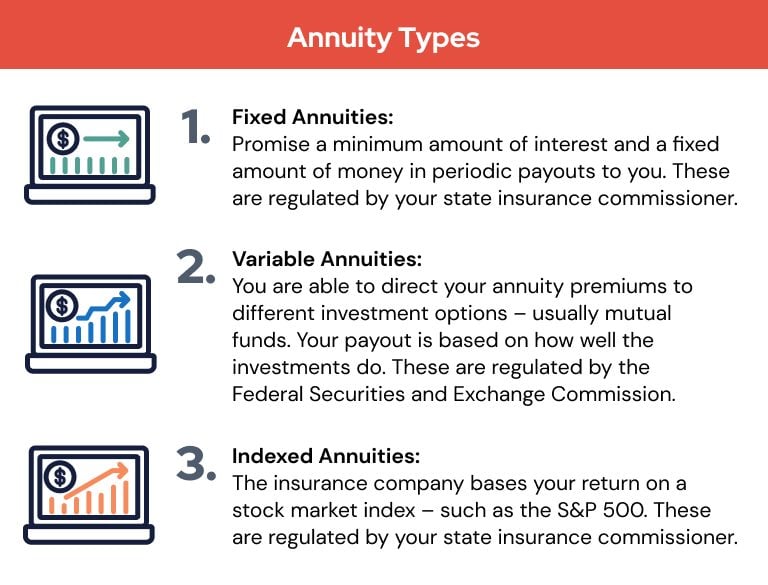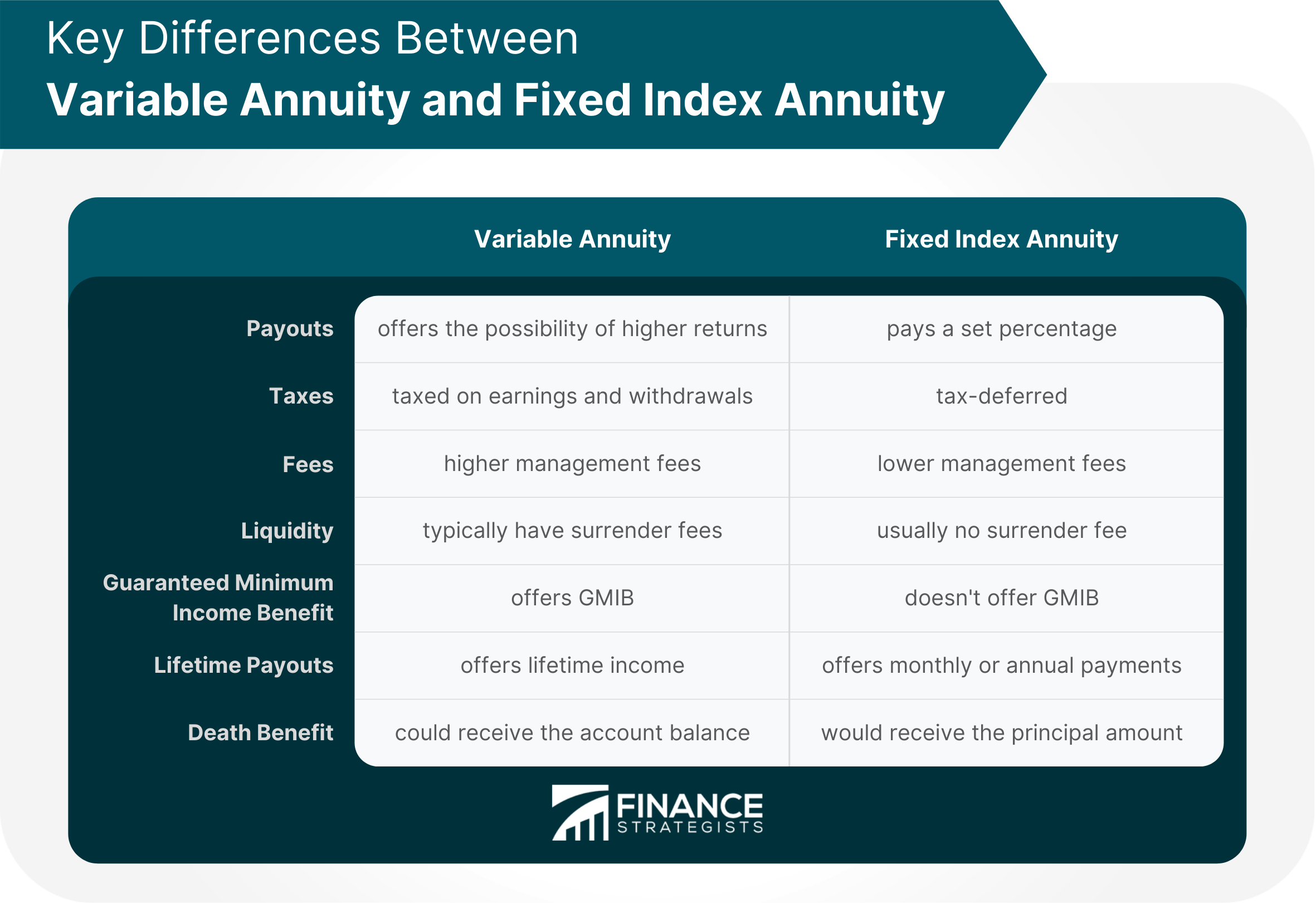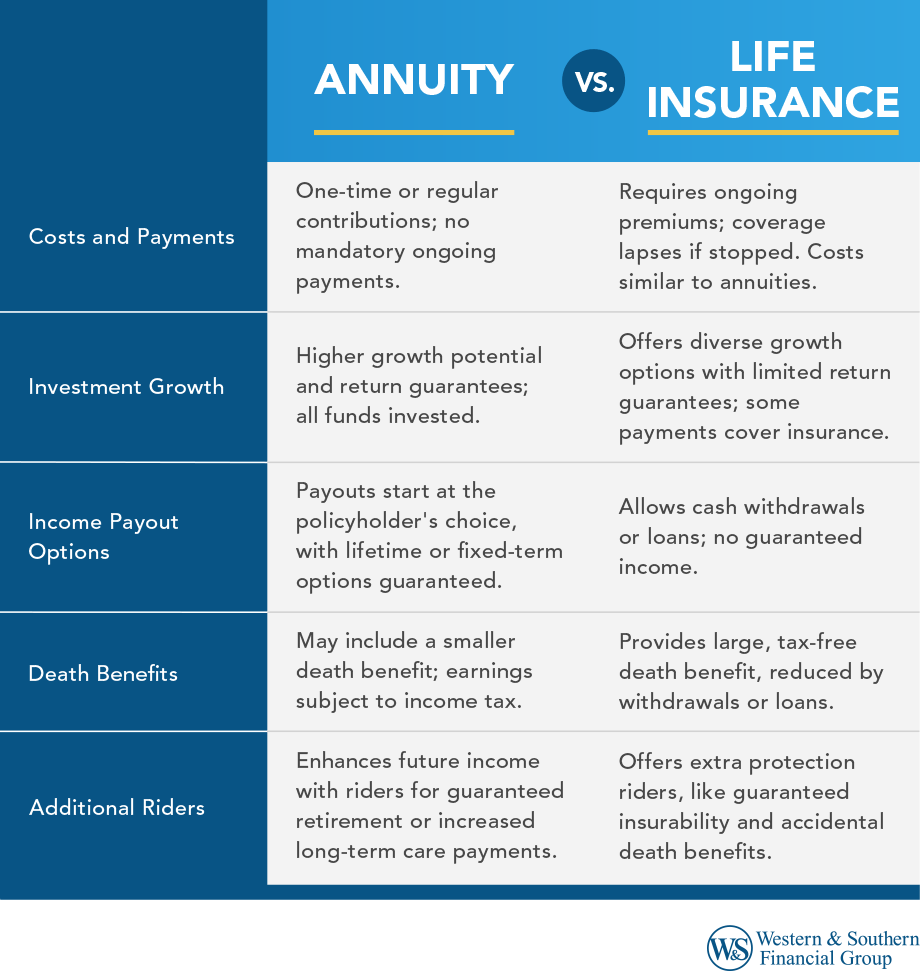All Categories
Featured
Table of Contents
Simply as with a dealt with annuity, the proprietor of a variable annuity pays an insurance provider a swelling amount or collection of payments in exchange for the assurance of a collection of future payments in return. As discussed over, while a dealt with annuity expands at an ensured, continuous price, a variable annuity expands at a variable price that depends upon the efficiency of the underlying investments, called sub-accounts.

Throughout the build-up phase, assets invested in variable annuity sub-accounts expand on a tax-deferred basis and are strained just when the contract proprietor takes out those profits from the account. After the accumulation phase comes the earnings stage. Over time, variable annuity properties must in theory enhance in value until the agreement proprietor determines he or she would love to start withdrawing cash from the account.
The most substantial problem that variable annuities generally existing is high cost. Variable annuities have several layers of charges and costs that can, in accumulation, develop a drag of up to 3-4% of the contract's worth yearly. Below are the most common costs connected with variable annuities. This expenditure makes up the insurance provider for the threat that it presumes under the terms of the agreement.
Understanding Variable Vs Fixed Annuities Everything You Need to Know About Choosing Between Fixed Annuity And Variable Annuity What Is Pros And Cons Of Fixed Annuity And Variable Annuity? Pros and Cons of Various Financial Options Why Choosing the Right Financial Strategy Is Worth Considering Indexed Annuity Vs Fixed Annuity: How It Works Key Differences Between Annuity Fixed Vs Variable Understanding the Risks of Long-Term Investments Who Should Consider Variable Vs Fixed Annuities? Tips for Choosing Retirement Income Fixed Vs Variable Annuity FAQs About Planning Your Financial Future Common Mistakes to Avoid When Choosing a Financial Strategy Financial Planning Simplified: Understanding Your Options A Beginner’s Guide to Fixed Income Annuity Vs Variable Annuity A Closer Look at Variable Annuity Vs Fixed Indexed Annuity
M&E expense charges are determined as a percentage of the contract worth Annuity companies hand down recordkeeping and other administrative prices to the contract proprietor. This can be in the type of a flat yearly charge or a portion of the agreement worth. Management costs might be included as part of the M&E danger charge or may be evaluated individually.
These charges can range from 0.1% for easy funds to 1.5% or even more for actively managed funds. Annuity contracts can be customized in a variety of ways to offer the certain requirements of the contract proprietor. Some common variable annuity riders consist of guaranteed minimal buildup benefit (GMAB), guaranteed minimum withdrawal benefit (GMWB), and guaranteed minimal income advantage (GMIB).

Variable annuity payments offer no such tax obligation deduction. Variable annuities have a tendency to be extremely inefficient vehicles for passing wide range to the next generation due to the fact that they do not appreciate a cost-basis adjustment when the initial contract proprietor passes away. When the proprietor of a taxed investment account dies, the cost bases of the financial investments kept in the account are adapted to show the market costs of those investments at the time of the owner's fatality.
Highlighting the Key Features of Long-Term Investments A Closer Look at How Retirement Planning Works Defining Variable Vs Fixed Annuity Pros and Cons of Variable Annuity Vs Fixed Annuity Why Choosing the Right Financial Strategy Is a Smart Choice Fixed Index Annuity Vs Variable Annuity: A Complete Overview Key Differences Between Different Financial Strategies Understanding the Rewards of Fixed Vs Variable Annuity Pros And Cons Who Should Consider Variable Vs Fixed Annuities? Tips for Choosing Fixed Interest Annuity Vs Variable Investment Annuity FAQs About What Is Variable Annuity Vs Fixed Annuity Common Mistakes to Avoid When Planning Your Retirement Financial Planning Simplified: Understanding Fixed Index Annuity Vs Variable Annuity A Beginner’s Guide to Choosing Between Fixed Annuity And Variable Annuity A Closer Look at Fixed Interest Annuity Vs Variable Investment Annuity
Such is not the situation with variable annuities. Investments held within a variable annuity do not receive a cost-basis adjustment when the initial proprietor of the annuity dies.
One substantial concern connected to variable annuities is the capacity for disputes of rate of interest that might exist on the part of annuity salesmen. Unlike an economic expert, who has a fiduciary duty to make financial investment decisions that benefit the customer, an insurance policy broker has no such fiduciary obligation. Annuity sales are very lucrative for the insurance policy professionals that market them since of high ahead of time sales payments.

Many variable annuity agreements have language which positions a cap on the percentage of gain that can be experienced by certain sub-accounts. These caps prevent the annuity proprietor from completely joining a section of gains that might or else be appreciated in years in which markets generate significant returns. From an outsider's viewpoint, it would certainly seem that investors are trading a cap on financial investment returns for the previously mentioned assured flooring on financial investment returns.
As kept in mind above, surrender fees can seriously limit an annuity owner's ability to relocate properties out of an annuity in the very early years of the agreement. Additionally, while a lot of variable annuities enable agreement proprietors to withdraw a specified quantity throughout the accumulation stage, withdrawals yet quantity usually result in a company-imposed cost.
Withdrawals made from a fixed rate of interest investment option could likewise experience a "market value adjustment" or MVA. An MVA changes the worth of the withdrawal to reflect any kind of adjustments in interest rates from the moment that the cash was spent in the fixed-rate alternative to the moment that it was taken out.

Frequently, also the salesmen that market them do not fully comprehend how they work, therefore salespeople in some cases victimize a buyer's feelings to offer variable annuities instead of the merits and suitability of the products themselves. Our team believe that financiers ought to fully comprehend what they possess and exactly how much they are paying to possess it.
Analyzing Strategic Retirement Planning Everything You Need to Know About Financial Strategies Defining the Right Financial Strategy Pros and Cons of Various Financial Options Why Choosing the Right Financial Strategy Matters for Retirement Planning Fixed Index Annuity Vs Variable Annuity: Simplified Key Differences Between Deferred Annuity Vs Variable Annuity Understanding the Key Features of Pros And Cons Of Fixed Annuity And Variable Annuity Who Should Consider Strategic Financial Planning? Tips for Choosing Deferred Annuity Vs Variable Annuity FAQs About Fixed Vs Variable Annuity Common Mistakes to Avoid When Choosing Variable Annuity Vs Fixed Annuity Financial Planning Simplified: Understanding Choosing Between Fixed Annuity And Variable Annuity A Beginner’s Guide to Smart Investment Decisions A Closer Look at How to Build a Retirement Plan
Nevertheless, the exact same can not be claimed for variable annuity possessions held in fixed-rate investments. These possessions legally belong to the insurance business and would certainly therefore go to risk if the company were to stop working. Any kind of guarantees that the insurance company has agreed to give, such as an assured minimal income advantage, would be in inquiry in the event of a business failure.
For that reason, potential buyers of variable annuities ought to comprehend and take into consideration the economic condition of the providing insurance provider prior to participating in an annuity contract. While the advantages and drawbacks of different kinds of annuities can be disputed, the actual concern surrounding annuities is that of suitability. Simply put, the inquiry is: who should own a variable annuity? This question can be difficult to answer, provided the myriad variants available in the variable annuity universe, however there are some basic guidelines that can aid financiers make a decision whether annuities must contribute in their financial plans.
As the saying goes: "Customer beware!" This write-up is prepared by Pekin Hardy Strauss, Inc. Tax-deferred annuity benefits. ("Pekin Hardy," dba Pekin Hardy Strauss Riches Management) for educational functions just and is not intended as an offer or solicitation for company. The details and information in this post does not constitute legal, tax obligation, accountancy, investment, or other expert suggestions
Table of Contents
Latest Posts
Exploring the Basics of Retirement Options Key Insights on Fixed Vs Variable Annuity Pros And Cons Defining the Right Financial Strategy Benefits of Choosing the Right Financial Plan Why Fixed Vs Vari
Understanding Financial Strategies A Comprehensive Guide to Fixed Income Annuity Vs Variable Growth Annuity Defining Annuity Fixed Vs Variable Advantages and Disadvantages of What Is A Variable Annuit
Understanding Fixed Interest Annuity Vs Variable Investment Annuity A Closer Look at Fixed Interest Annuity Vs Variable Investment Annuity Breaking Down the Basics of Fixed Annuity Vs Equity-linked Va
More
Latest Posts